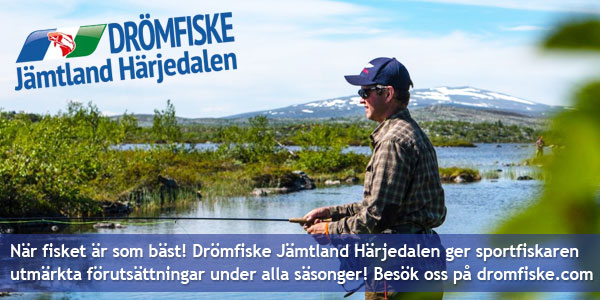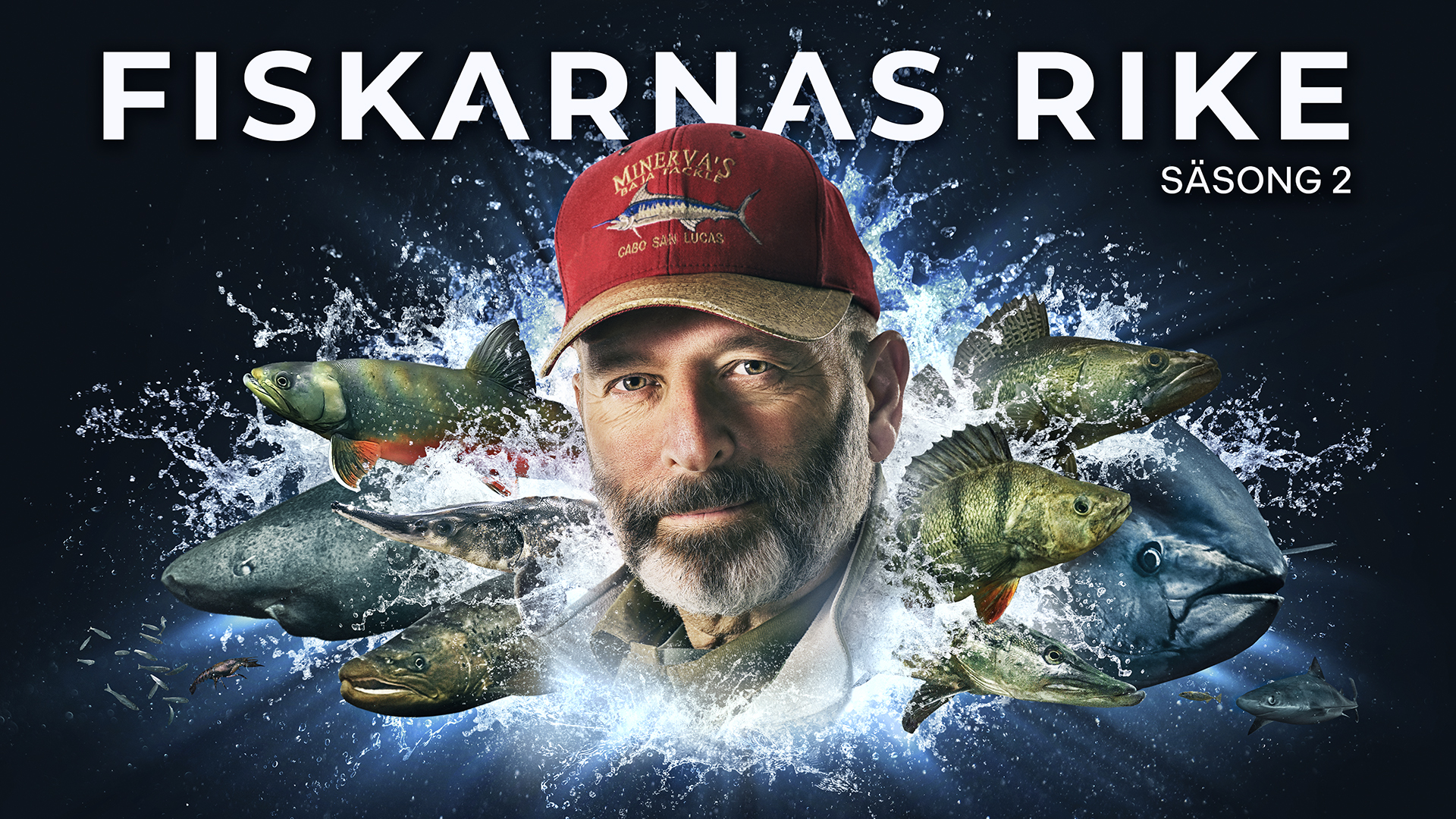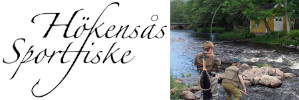Användarmeny
Zander ( "Gös") Overview
"Gös") Overview

Zander - Sander lucioperca
Pikeperch thrive best in slightly larger and cloudy lakes and brackish water archipelagos, as well as in weakly flowing watercourses. Cloudy, shallow and hot is the pikeperch's ideal, as it is a hot water-loving fish. It partly chases through with the help of sight, where it can "sneak" on prey fish in cloudy and night-dark water. It does this with the help of its very good eyesight, where it has light-enhancing layers in the eyes.
During the summer it is most active at night and during other seasons at dusk. As a young pikeperch live on fish fry and crustaceans and as an adult only on fish. The spawning takes place during April – June on muddy, sandy, gravelly or rocky bottoms with vegetation at a depth of one to three meters. Play also takes place in gently flowing water. The rum grains are placed in shallow play pits where they stick to the substrate. They are guarded by the male for a few days. In coastal waters and larger lakes, pikeperch usually migrate only shorter distances (most under a mile), but migrations of over 100 miles have occurred.
The goose's scientific name is Sander lucioperca. This means pike perch, which is also a direct translation of the pikeperch's English name.
The perch is closely related to the perch, which is easy to guess when you look at the fins and their thorns. A smaller and also close relative is the grass. The perch has very large and pointed teeth, and muted colors.
Population
Pikeperch are common in the water systems of Lake Vänern, Hjälmaren and Mälaren. In the Baltic Sea, it is found mainly on the Uppland coast, in parts of the Stockholm archipelago and in Bråviken. However, it occurs in archipelagos from northern Småland to Norrbotten. All in all, the pikeperch's natural environment is the lowland's larger nutrient-rich waters.
When pikeperch increase in water, the amount of perch often decreases, as pikeperch both eat less perch, and compete with it for food. Sometimes the pike can also decrease in number. Pikeperch have been planted in very many places to create better fishing, both for sport fishing and commercial fishing. There are a couple of pikeperch farms in Sweden.
In many waters there is a ban on fishing for pikeperch around the spawning ground, as especially the males can be a little too easily caught as they diligently guard the rum. It is also good with a minimum size of 40-45 cm, so that the pikeperch has time to reproduce at least once before it is caught.
Size and growth
The male matures at 2-4 years of age, while the female matures at 3-5 years of age.
Pikeperch require quite a lot of heat and long summers to be successful at play. Otherwise, the fry risk starving to death the first winter. Good growth in the first summer is therefore a prerequisite. A gosling usually grows over 10 cm in the first summer. Thanks to its appetite, it can switch to smaller, but of the same age perch cubs as food in early summer. For these reasons, it is common to only see pikeperch of certain size classes, from the years when spawning and survival have been good. So they have, naturally, a rather rhapsodic play success
Record size
Swedish angling record is 12.0 kg. An age of 23 years have been found. In the fresh water have copies with a length of 130 cm and a weight of 15 kg was caught.
Most efficient fishing methods
Information below is based upon thousands of real catch reports from the past two years.Winter
| Spring
| Summer
| Autumn
|





